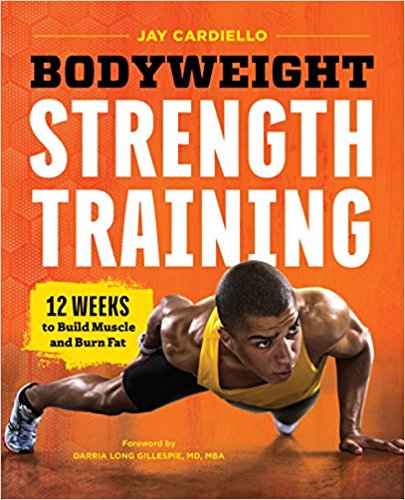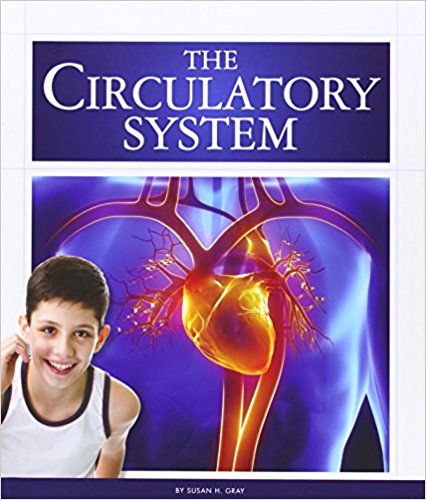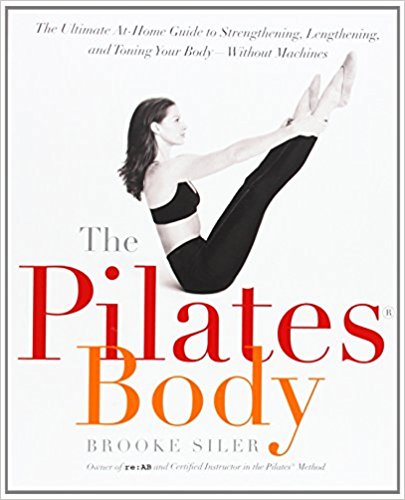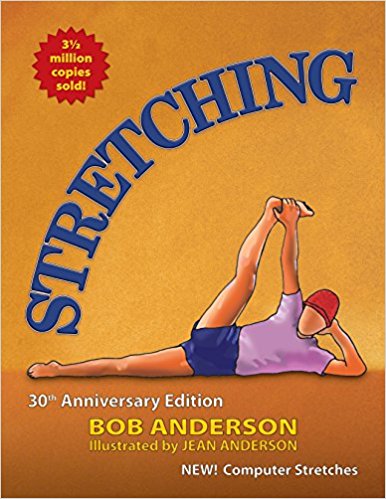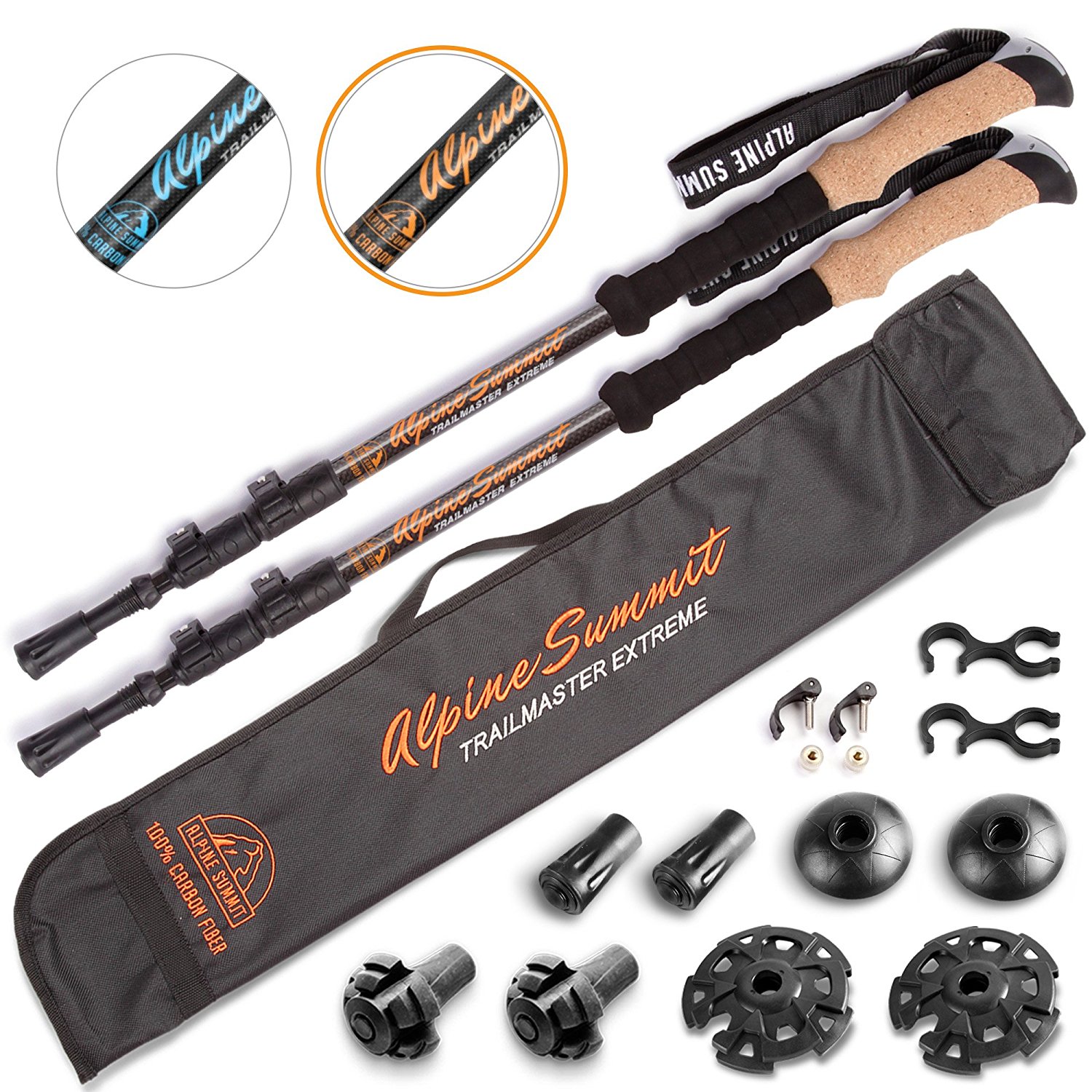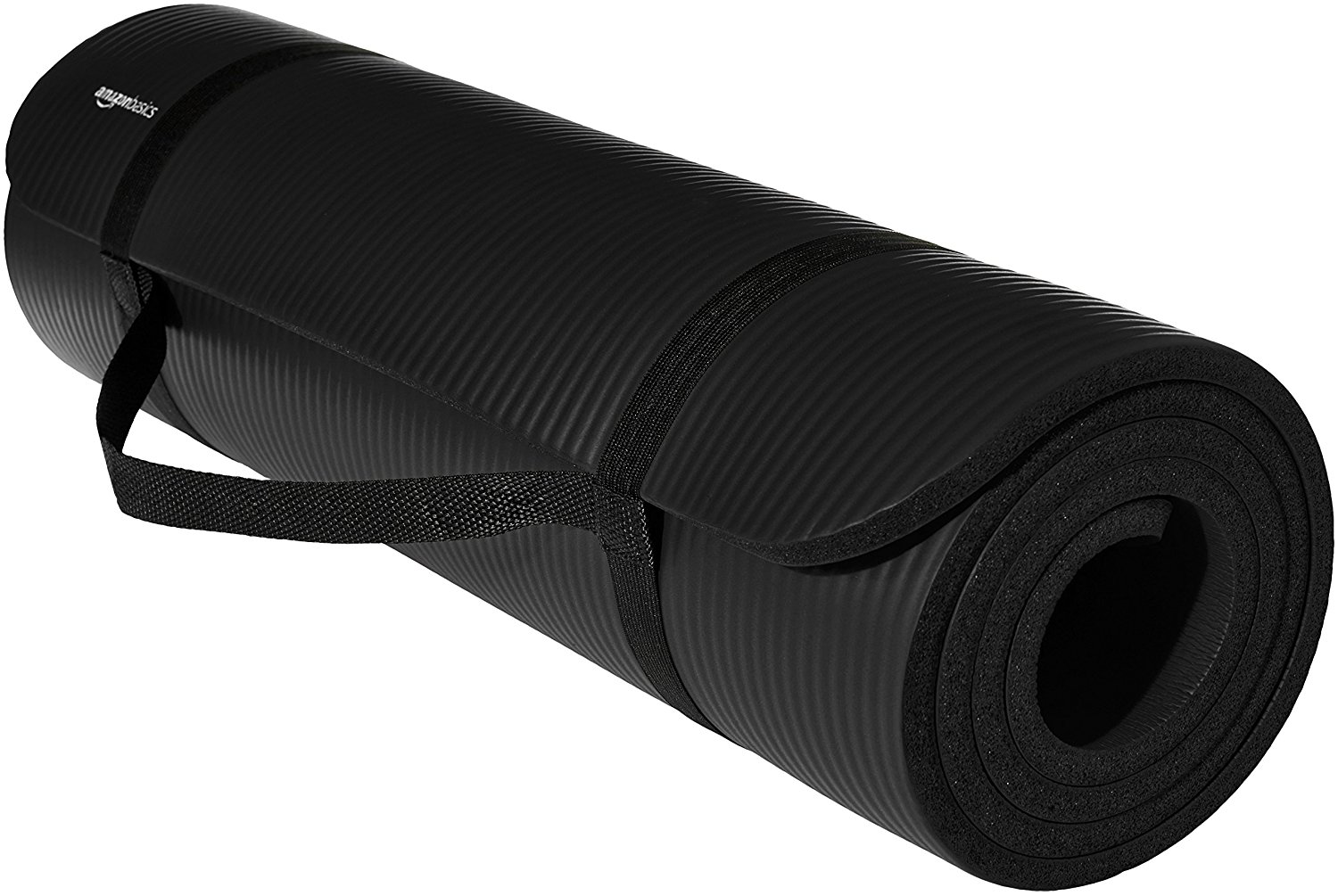Top 10 Exercises For Treating Fibromyalgia
Fibromyalgia is a relatively common but mysterious disorder that affects around 340 million people worldwide. People who suffer from this disorder experience a range of negative symptoms including fatigue, pain and stiffness. However, the exact cause of Fibromyalgia is still unknown. What is known is that leading a healthy lifestyle can minimize the negative symptoms of Fibromyalgia and even treat it completely. In this article I’m going to be focusing on one major component of a healthy lifestyle – exercise and listing 10 of the best exercises you can do to treat Fibromyalgia.
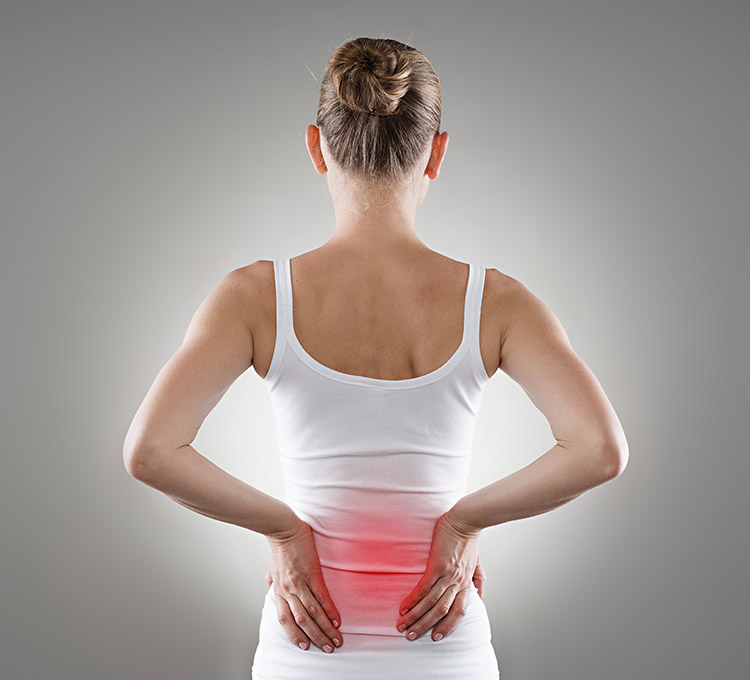
1) Body-weight Training: Body-weight training is a great way to build strength without placing excess pressure on your joints. This is particularly beneficial if you suffer from fibromyalgia as it doesn’t aggravate the symptoms while you perform the exercises but it does provide additional strength and support to the affected areas of your body. Some of the best bodyweight exercises include dips, pull-ups, push-ups and squats.
2) Circulatory Exercises: Circulatory exercises are an excellent way to get the blood flowing in your body. This helps minimize a number of negative symptoms associated with fibromyalgia including pins and needles in your extremities. There are numerous circulatory exercises you can do which include finger extensions, foot circles, heel raises and wrist extensions.
3) Cycling: Cycling is a brilliant cardiovascular exercise that gently increases the flexibility of your joints, muscles and tendons. In addition to this, it also enhances blood flow in your body and promotes the release of pain reducing hormones. This is fantastic news if you have Fibromyalgia as it can significantly reduce the pain and stiffness associated with moving around. The best part is that cycling is an outdoor exercise, so in addition to the physical benefits discussed above, it also tops up your vitamin D levels. Studies have shown that getting adequate amounts of vitamin D (through regular exposure to sunlight) can significantly lower Fibromyalgia related pain.
4) Isometric Exercises:Isometric exercises are a type of strength training exercise which involves tensing the muscles so that they act against each other or another solid object without actually moving. Like body-weight training, they’re low impact and place very little pressure on your joints which makes them a great choice if you suffer from Fibromyalgia. Some of the top isometric exercises include isometric chest press, isometric shoulder extensions, isometric leg extensions, isometric calf extensions and isometric squats.
5) Pilates: Pilates is a type of physical conditioning that builds flexibility and promotes proper spinal and pelvic alignment. It’s a particularly beneficial exercise if you have Fibromyalgia because the pain caused by this disorder often has a negative impact on your posture. By doing Pilates regularly, you can improve your posture which in turn reduces the amount of Fibromyalgia related pain you experience.
6) Stretching: Stretching is one of the most effective ways to boost your flexibility and as mentioned throughout this article, improving your flexibility is one of the best ways to treat Fibromyalgia and deal with the associated stiffness. When it comes to stretching, there are plenty of stretches to choose from and they can be used to target all areas of your body. Some of the best stretches include-hamstring stretches, shoulder stretches and tricep stretches.
7) Swimming: Swimming is a relaxing, low impact cardiovascular exercise that also develops muscular strength. If you suffer from Fibromyalgia it’s one of the kindest exercises on your joints and it also boosts blood flow and stimulates the release of pain reducing hormones which can minimize the severity of the unpleasant symptoms associated with this disorder. Swimming in warm water can also provide additional relief from Fibromyalgia by relaxing your muscles further and preventing pain and stiffness.
8) Tai Chi: Tai Chi is a slow paced Chinese martial art which improves your balance, flexibility and strength. Research suggests that it may also help you treat Fibromyalgia with this article citing a study from the New England Journal Of Medicine that found Fibromyalgia patients who took tai chi classes twice a week for three months reduced the amount of pain, stiffness and fatigue they experienced.
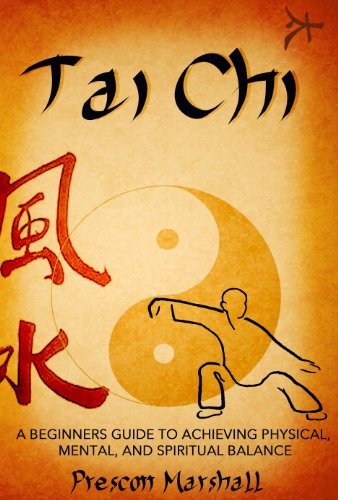
Tai Chi: A Beginners Guide to Achieving Physical, Mental, and Spiritual Balance (Master the Ancient Art of Tai Chi for Beginners)
9) Walking: Walking is yet another cardiovascular exercise that’s low impact, gets the blood flowing and induces the release of pain reducing hormones. Like cycling, it’s also an exercise you can do outside which means you get the added bonus of sunlight exposure and extra vitamin D. If you have Fibromyalgia, this means regular walking can significantly reduce the pain and stiffness you experience and also minimize other unpleasant symptoms.
10) Yoga: Yoga is a unique form of exercise that combines flexibility training, breathing exercises and meditation. The flexibility side of yoga helps combat the pain and stiffness associated with Fibromyalgia directly and also increases the flow of blood in your body. However, unlike the other exercises listed above, the meditative-side of yoga also helps you to mentally block out the pain and other negative symptoms associated with Fibromyalgia, making it much easier to cope with on a day to day basis. These benefits of yoga on Fibromyalgia are backed by research with this article citing a study published in the Journal of Alternative and Complementary Medicine in 2007 which found that weekly yoga sessions reduced the pain levels in women suffering from Fibromyalgia significantly over an eight week period.
Summary
Exercising with Fibromyalgia can be tough, especially in the early stages. However, the exercises listed above are a great way to get started without overexerting yourself and after just a few weeks of consistent exercise, you’ll find that your fitness improves and that your Fibromyalgia becomes much less noticeable. So go get your workout gear, pick a few exercises from the list above and start treating your Fibromyalgia naturally today.


